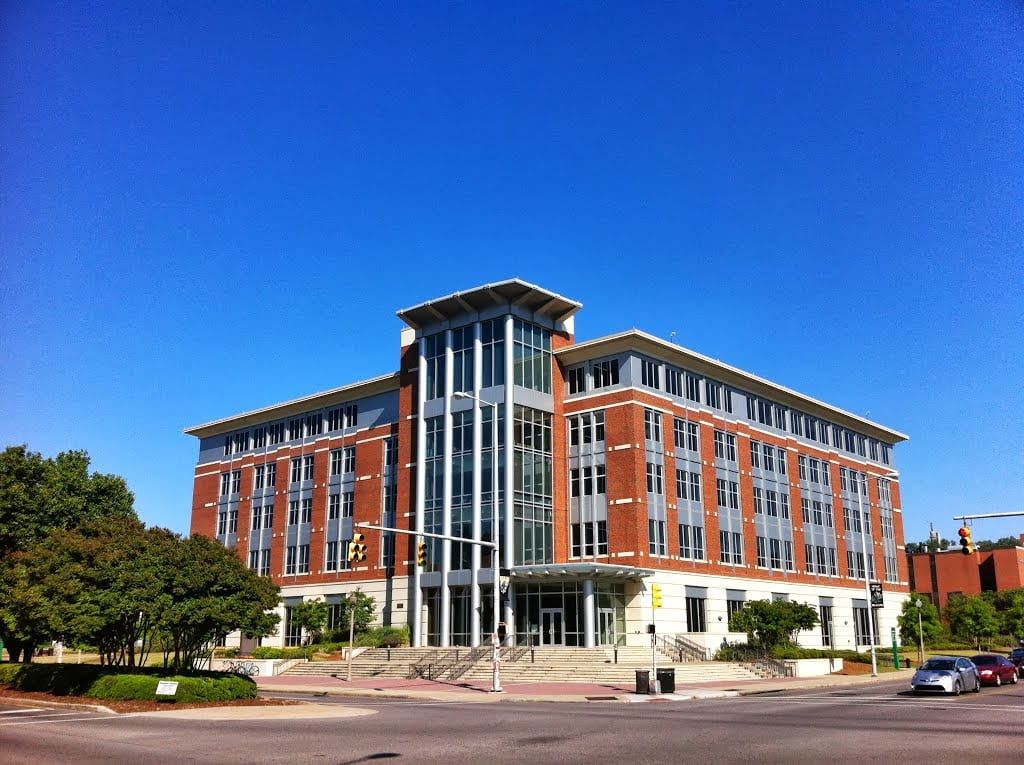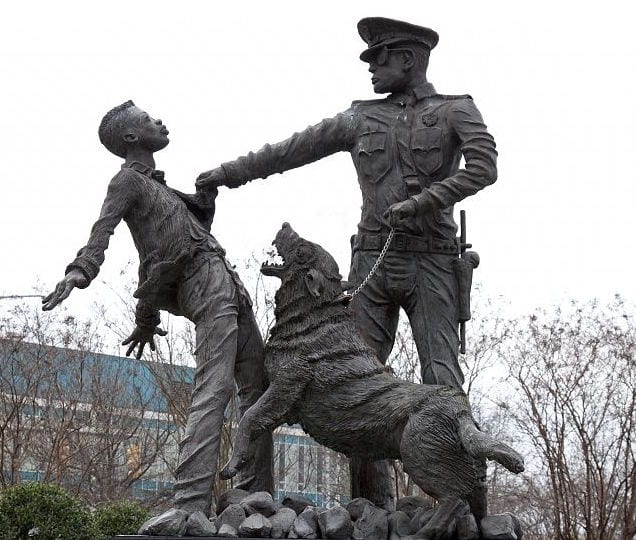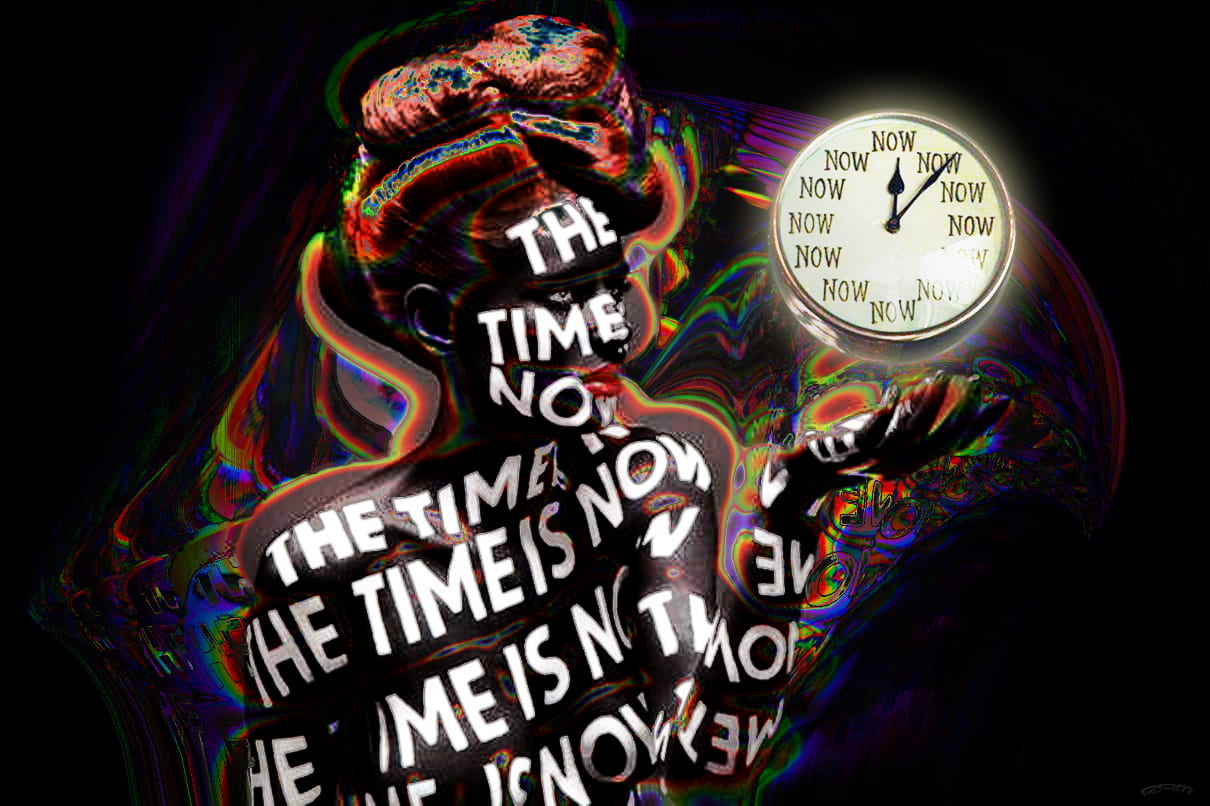
Twelve months ago I interviewed for the position of Director of the UAB Institute for Human Rights (IHR).
Nine months ago I was offered the position.
Six months ago I arrived in Birmingham with an idea of what I wanted to do, not knowing anyone or having a concrete plan of how to implement my ideas.
Three months ago we started to determine in which direction we want to take the IHR. Now, the Institute has a physical space, a virtual space, and staff.
And this is the UAB IHR’s first blog post. It’s been a whirlwind!
The IHR was initiated by Robert Palazzo, the Dean of the College of Arts and Sciences, and key faculty members in 2013 to provide a framework for Birmingham’s human and civil rights activities and to connect the city’s historical significance in the struggle for civil rights to national and international collaborative initiatives. In June 2014, the University of Alabama System Board of Trustees approved the Institute, which is housed in the UAB College of Arts and Sciences. A search for its Director started. And here I am.

I thought long and hard about how to position the IHR not only within Birmingham and UAB, but also within the wider academic community. It seems there are three types of institutes for human rights:
- the one at the law school, focusing on the law making process, adjudication, and domestic or international implementation of human rights law;
- the policy-oriented institute, advocating and lobbying for human rights in government institutions; and
- the interdisciplinary center that either examines specific rights (e.g., social and economic rights) or a specific areas of human rights (e.g., human trafficking, transitional justice, or women’s rights).
The first two options didn’t seem to be a good fit for UAB, which left the last option. I concluded I needed to learn more about UAB and Birmingham to make an informed decision on how to position the IHR.
Over the course of the past several months, I’ve met with close to 100 organizations and units at UAB, in the Birmingham area, and beyond that engage in human rights work. I reached out to institutions focusing on alleviating poverty, addressing women’s issues, educating on human rights or human rights related issues, dealing with victims of violence and human trafficking, and focusing on social justice issues and civil rights. It was an interesting experience that taught me a lot about the community that I’ve come to live in. I realized that by connecting with the work that’s already being done in this city and around this state, the IHR could serve as a solid link between the university and its surroundings, providing a framework for human and civil rights.

I’m a social scientist by trade – I have a joint appointment in the Department of Government and Department of Anthropology at UAB. I’ve always been interested in studying the way vulnerable or underrepresented populations – minorities, refugees, women, children, or persons with disabilities – advocate for and claim their human rights and how they deal with and monitor human rights violations in their own communities. The pattern of their struggles often remains the same – marginalization, poverty, violence, and a whole myriad of human rights violations.

The IHR will specifically focus on these struggles worldwide. It serves as a platform for interdisciplinary interaction and collaboration to study the bottom up approach to human rights and highlight the way in which marginalized and vulnerable groups assert their human rights. The focus on the social movement associated with human rights is embodied in the Institute’s icon, which represents the movement taking over the world.
The IHR’s goal is
to bring Birmingham to the world and the world to Birmingham
focusing specifically on human rights in an international perspective. It engages in three specific areas:
- education, mainly focused on UAB students, but also beyond;
- research, at the IHR but also in collaborating with other research institutions, government agencies, international organizations, and NGOs; and
- practical action and outreach, namely engagement with the local community, practitioners, and by integrating applied approaches.
This blog is thus a crucial part of fulfilling the IHR’s mission. It will serve as a way to educate a wider audience on international human rights issues, as a forum for reflection and discussion, and as a way to promote our events. The IHR research and events team will post weekly updates.

I hope you will check back often and engage with us on the blog, social media, and in person. We can’t wait to open up a whole new world of human rights and show you how you can get involved, learn from your ideas, and collaborate and interact.
For more information, visit our website, follow us on Facebook, Twitter, and Instagram, and stop by our office on the 5th floor of Heritage Hall (room 551, to be exact).
